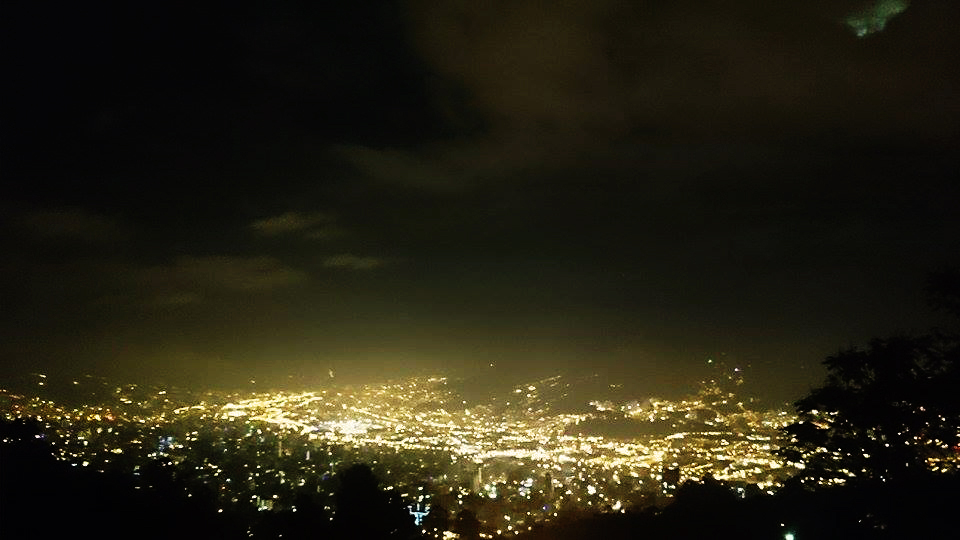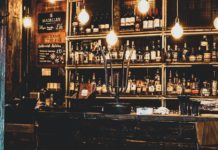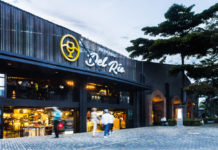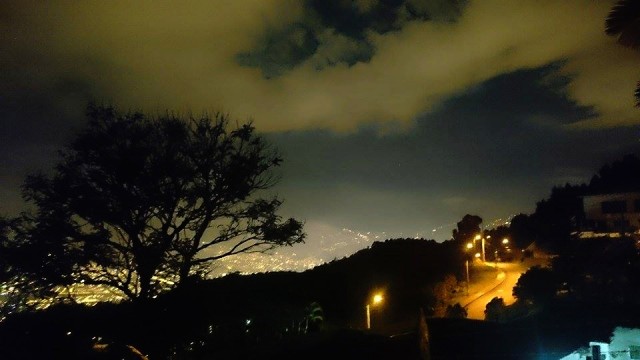
Every year, on the last night of November, Colombians celebrate the arrival of the year’s favorite month – December.
If in other countries this type of celebration is sponsored by local authorities, in Colombia it’s purely fueled by residents.
In the last week of November, all my Colombian friends were talking about Alborada, telling me what happens that night and the pictures I have to take, knowing my passion for photography.
However, nobody told me the history and meaning of the event, they only stated it as one of the many December celebrations about to happen by the end of the year.
My curiosity led me to various articles telling the story behind Alborada and the many mixed feelings and reactions of the paisas regarding the event.
History
Specialists believe it all started 11 years ago in Medellín. Before 2003, the December celebrations began on the 7th day of the month with “Días de las velitas” (Days of the candles) when people light candles to Virgin Mary.
That year, though, the 25th of November was marked by the demobilization of 849 members of the Cacique Nutibara paramilitary unit operating in 10 districts of the city of Medellín.
To celebrate the demobilization six days after, the members of the paramilitary unit handed out a huge amount of fireworks in the districts that were under their control, announcing its incorporation into civilian life.
It is said that if you pay close attention from November 30 in the evening until dawn you can really notice which areas of the city the unit controls just by the intensity of the fireworks.
Over time, the practice spread not only in the suburbs but in downtown areas and even in the higher strata parts of the city as well.
Gunpowder stuns a city that wakes up breathing the smoke of pyrotechnic elements, many of them handmade.
Leaving aside the dark moment in 2003, ironically lighted by fireworks, today the practice isn’t considered a celebration of the paramilitaries but a widespread cultural practice that happens to get its origins from this unfortunate event.
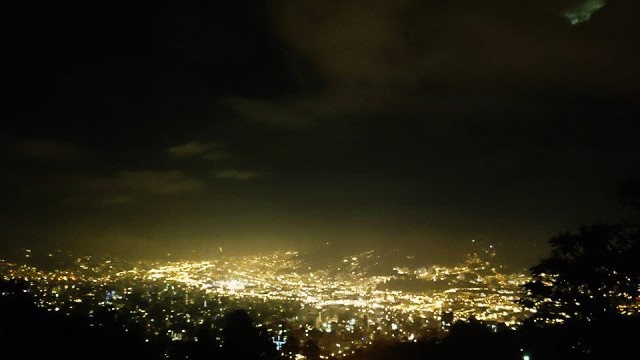
Present Day
In prior years, the activity started to raise questions about its legal, social and cultural nature.
This year, though, the negativity that surrounds this event intensified among citizens.
Social Media was full of anti-pólvora (gunpowder) messages, invoking safety, legal and animal protection reasons.
Hashtags like #NoALaAlborada (#NoToAlborada), #ReportoPólvora (#ReportGunpowder), #MasLuzMenosPolvora (#MoreLightLessGunpowder) were trending on Facebook and Twitter in the past week. This year the event caused one death and multiple injuries.
In order to witness this once-a-year event from an upper point of the city, I went up to El Mirador del Poblado (a residential house complex along Las Palmas highway) to get an overview.
Plus, I’m a fan of the panoramas this city has, the mix between rural and urban settlements with Antioquia’s particular natural environment is pretty amazing.
When I left Laureles at around 10 p.m., things were slowly starting.
You could hear a few fireworks far in the distance, lighted at low-frequency. At 11:30 p.m. the streets started to get crowded and noisy, followed by complete madness until around 3 a.m.
Children, adults and even elders would throw fireworks down the balcony or even go outside in the street and do it.
Seems to me the enthusiasm and joy overcome any fear or safety measure around here. We can’t deny the particularly passionate nature Colombians have, that’s for sure!
[Video from Dave’s apartment at Midnight]
The sky was a curtain of lights, falling upon the city in various sizes and colors. However, everything looked way better if watched with naked eyes, as photographs mostly captured the smoke making everything look foggy, even though the sky was clear.
From where I was standing everything looked amazing, just a happy city celebrating a month of presents, love and peace. It perfectly illustrated the happy spirit paisas have in general.
However, my friends who experienced the event in the neighborhoods complained about the lack of sleep and their scared pets because of the noise.
On my way back to the city, I faced a huge traffic jam. The highway was overcrowded by cars, motorcycles and even pedestrians, who went up to different high points of the city to admire the fireworks.
I spent almost an hour on a route that would normally take 20 minutes. At around 2:00 a.m. you could still hear some fireworks in the background.
Early in the morning, all that was left were the cleaning people trying to erase the remains of what is known as a controversial night.
Final Thoughts
To me, it was like a pre-New Year’s Eve, as I’ve never experienced such a Christmas coming celebration before.
More than that, I’ve never celebrated the opening of an entire month full of parties, presents and family events.
And so it began my first South American Christmas.
_______
P.S. – Even though it’s illegal, people will continue to use fireworks throughout December, so watch where you’re going and be careful if you plan on using them too.

